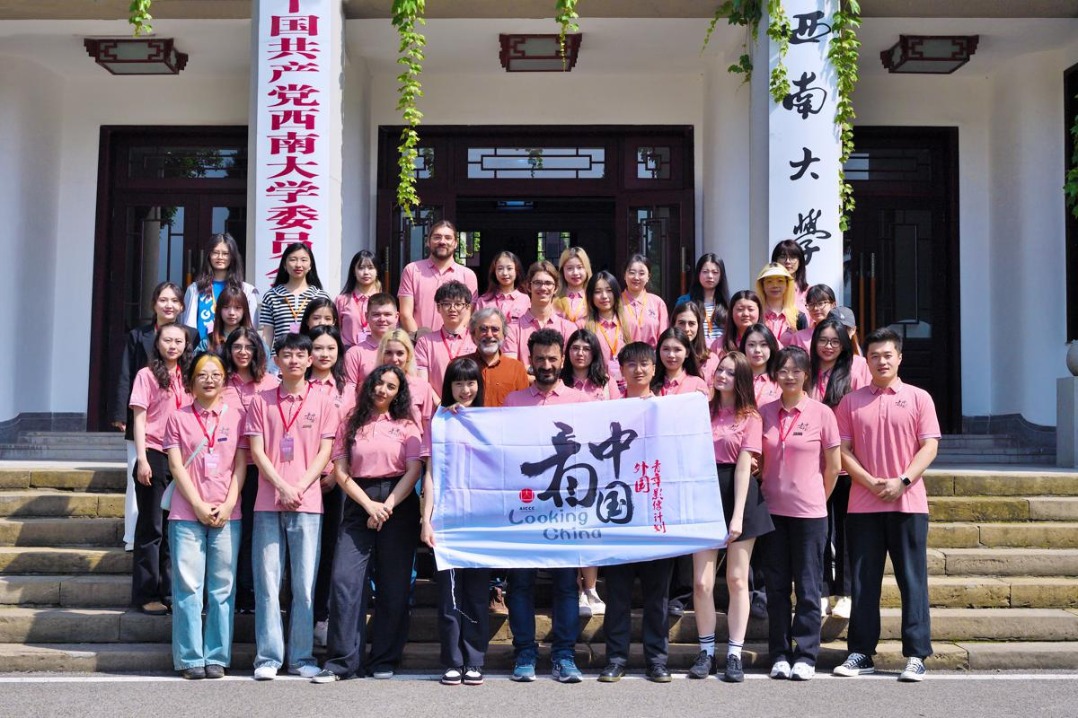Chinese scientists build largest-ever neutral hydrogen catalog in deep space

BEIJING -- Using the Five-hundred-meter Aperture Spherical Radio Telescope, or the "China Sky Eye," a team of Chinese astronomers built the largest-ever high-quality catalog of neutral hydrogen (HI) sources beyond our Galaxy.
Hydrogen, the most abundant element in the universe, is a key component of galaxies. Within disk galaxies, the HI is a significant component of the interstellar medium.
The measurement of its abundance and kinematics via the 21-centimeter emission line could potentially address a number of astrophysical issues, such as the possible properties of dark matter, faint unknown galaxies, as well as the cosmic structure and evolution.
The new catalog contained a total of 41,741 HI sources discovered between August 2020 and June 2023, outnumbering similar ones around the world in both quantity and quality.
The work is part of a project called the FAST All Sky HI survey (FASHI), designed to cover the entire sky visible to the FAST. The current survey results are derived from approximately 35 percent of the total sky, and more than 100,000 HI sources are expected to be recorded over the next five years.
The FAST is the world's largest single-dish radio telescope, with a reception area equal to 30 standard football fields. FAST officially began operating on Jan 11, 2020, in a naturally deep and round karst depression in Southwest China's Guizhou province.
The FAST is an optimal tool for HI surveys, with higher spectral and spatial resolution, broader coverage, and more reliable and complete data quality.
When completed, FASHI will provide the largest extragalactic HI catalog as well as objective view of HI content and large-scale structure in the local universe.
The findings were recently published in the journal SCIENCE CHINA Physics, Mechanics and Astronomy. Researchers from Guizhou University, the National Astronomical Observatories under the Chinese Academy of Sciences and Peking University all contributed to the study.
Lister Staveley-Smith, professor from the University of Western Australia and a peer reviewer of the paper, called their work "an impressive milestone."
- Visually impaired programmer revolutionizes braille translation in Xizang
- Innovative 3D printing transforms rural housing in Hubei
- Street stall to success: A stinky tofu journey
- China emphasizes importance of collaboration in barley resources
- China's national political advisory body holds leadership meeting
- Xi to visit France, Serbia and Hungary





































